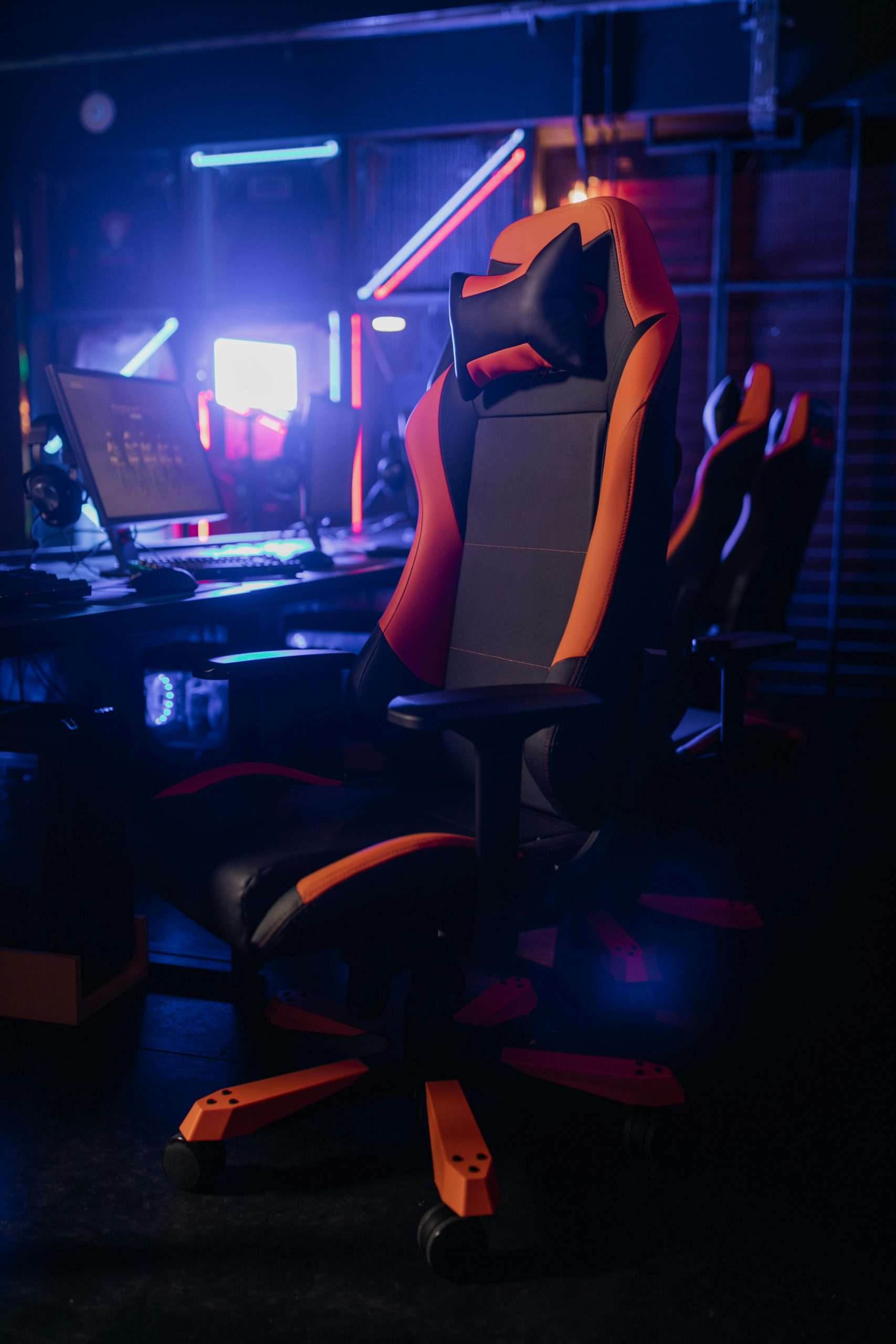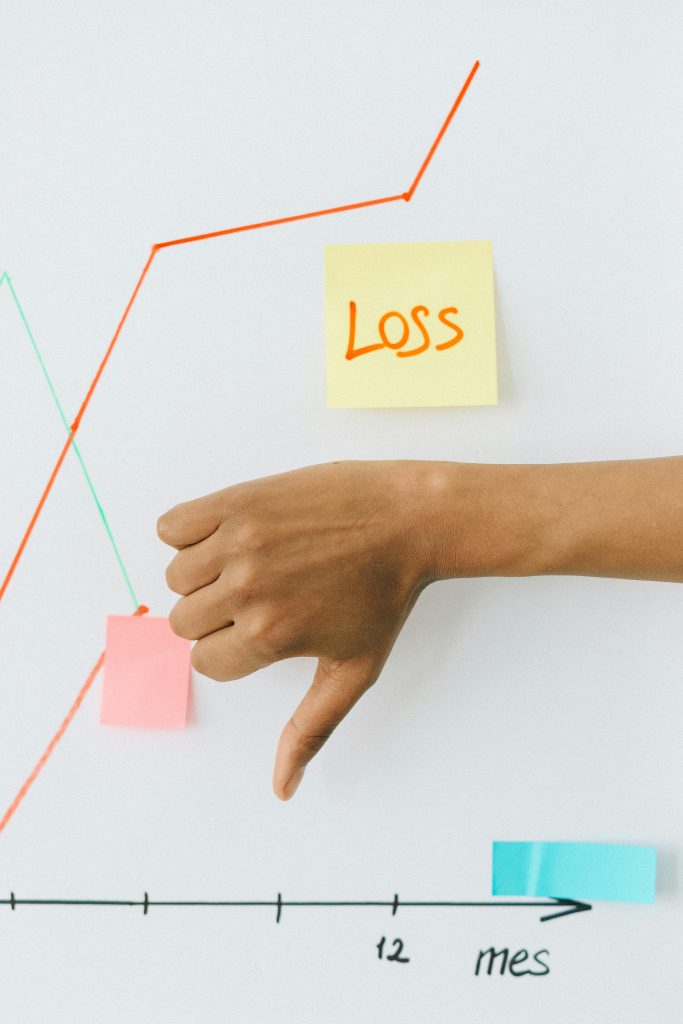Addressing Laptop Performance Issues When Plugged In: A Comprehensive Guide
Many users encounter a perplexing issue: their laptops operate sluggishly when connected to power, despite being brand new and equipped with original chargers. If you’ve recently purchased a laptop and notice significant performance degradation during charging, you’re not alone. This article explores the common causes of this problem and provides practical solutions to restore your device’s optimal functioning.
Understanding the Issue
It is unusual for a new laptop to slow down specifically when plugged in, as most devices are designed to deliver maximum performance under power source conditions. However, several factors can contribute to this phenomenon:
- Power management settings
- Battery health and calibration
- Hardware or software conflicts
- Driver or firmware issues
- Power supply or charger problems
Step-by-Step Troubleshooting
1. Check Power Management Settings
Many modern laptops have power plans that dynamically adjust performance to conserve energy. Adjusting these settings can significantly impact performance:
- Windows:
- Navigate to Control Panel > Hardware and Sound > Power Options.
-
Select High Performance or customize your power plan to ensure the CPU is set to operate at maximum performance when plugged in.
-
macOS (if applicable):
- Go to System Preferences > Battery or Energy Saver and review settings related to performance vs. energy savings.
2. Calibrate Your Battery
A miscalibrated battery can cause the system to behave unexpectedly:
- Fully charge the battery.
- Use the laptop on battery until it shuts down automatically.
- Charge it back to 100% without interruption.
- Restart and observe if performance improves.
3. Update Drivers and Firmware
Outdated or corrupted drivers can interfere with system performance:
- Visit the manufacturer’s website (e.g., HP support page).
- Download and install the latest BIOS, chipset, and GPU drivers.
- Keep your operating system updated to the latest version.
4. Inspect the Power Adapter
Even if your charger is original, it could be faulty or incompatible in some way:
- Try using a different compatible charger if available.
- Ensure the charger’s wattage matches the specifications for your device.
5. Monitor System Resources
Check if a specific process is consuming excessive CPU or memory:
- On Windows: Use Task Manager (
Ctrl + Shift + Esc) to identify resource-heavy apps. - On macOS: Use Activity Monitor.
Terminate or troubleshoot problematic processes
Share this content:



